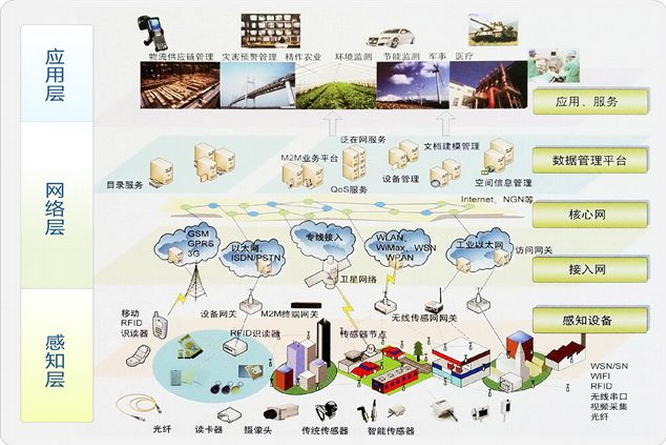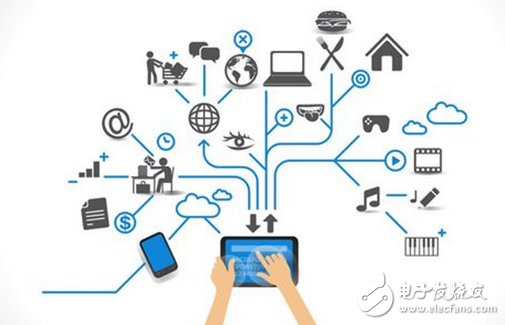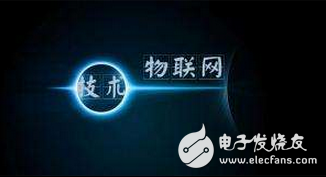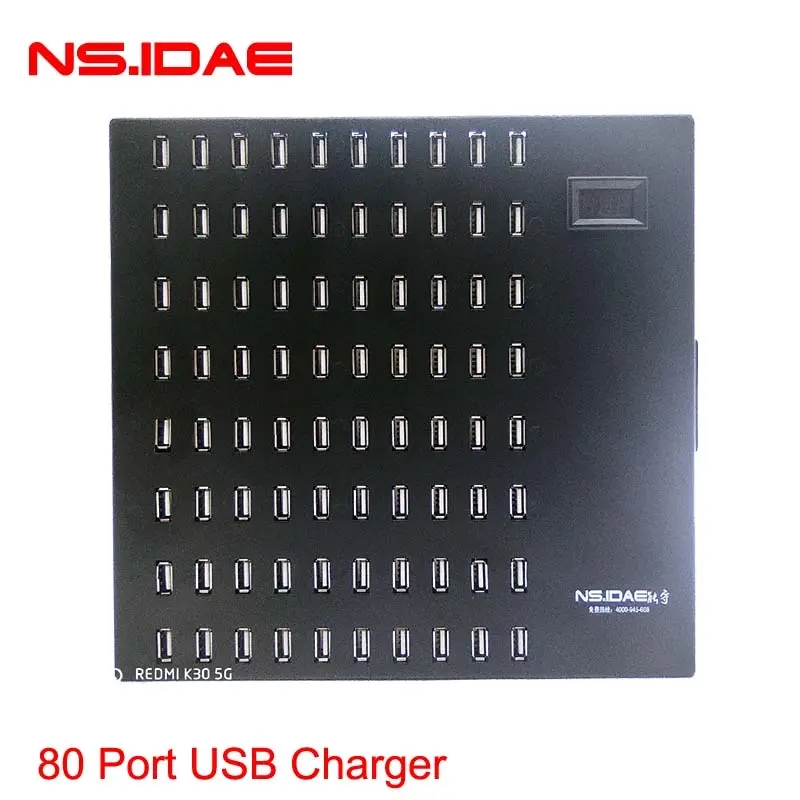The Internet of Things is a broad concept. The upgrade from the previous industrial control network to the current Internet of Things concept is not only limited to industrial automation, but includes all aspects of human society. Life, study, work, leisure, etc., have all added automation The concept of the Internet of Things, ranging from factory automation, urban intelligence and intelligence, to automatic container pickup, and smart homes, are all part of the Internet of Things. The general definition of the Internet of Things refers to: "That is, through radio frequency identification (RFID) (RFID+Internet), infrared sensors, global positioning systems, laser scanners, gas sensors and other information sensing equipment, according to the agreed agreement, any item It is a network that is connected to the Internet for information exchange and communication to realize intelligent identification, positioning, tracking, monitoring and management. In short, the Internet of Things is the "Internet of Things Connected". The basic framework of the Internet of Things mainly includes three layers: perception layer, network layer, and application layer. 1. Perception layer The perception layer is the core capability to realize the comprehensive perception of the Internet of Things, and the sensor is the main device for obtaining information in the perception layer. Sensors are the lowest level of applications, which are data-sensing devices. It uses various mechanisms to convert the measured signal into an electrical signal, which is then processed by the corresponding signal processing device and generates a response action. Common sensors include water quality, temperature, humidity, pressure, photoelectric, and meteorological sensors. Obtain the physical time and data information of the intelligent light in the physical world through various types of sensors. The short-distance communication technology and the cooperative information processing sub-layer will coordinate the collected data in a local area to improve the accuracy of the information and reduce the information redundancy, and intervene in the wide-area bearer through the self-organizing short-distance sensor network The internet. It aims to solve the compatibility problem between perception layer data and multiple application platforms. Second, the network layer The network layer mainly transmits all kinds of information from the perception layer to the application layer through the basic bearer network. What is solved is the data obtained by the perception layer in a certain range, which is usually a long-distance transmission problem. These data can be transmitted through networks such as mobile communication networks, the Internet, corporate intranets, various private networks, and small local area networks. The key technologies required by the network layer include long-distance wired and wireless communication technologies, network technologies, and so on. Current long-distance wireless transmission methods include NB_IoT, LoRa, eMTC, 2G/3G/4G; short-distance wireless transmission mainly includes ZigBee, WiFi, and Bluetooth. Different application scenarios correspond to different transmission methods, and choosing the appropriate method is the key factor for the network layer to ultimately realize customer needs. In addition to the applicable communication methods in the network layer, acquisition equipment is also indispensable. The data of the sensor is transmitted to the collector through the serial port, analog quantity, digital quantity and other interfaces in the form of current or voltage, and the data exchange is carried out according to a specific protocol. Shuntong's intelligent acquisition equipment can be compatible with 2000+ protocol access. At the same time, the amount of data access is related to the storage capacity of the collection equipment. When selecting the model, you should pay attention to asking the customer how much data you need to access; Shuntong’s intelligent collector will store and process the data. In case the data in a special period can be saved. Third, the application layer The application layer is located at the top of the three-tier structure of the Internet of Things, and its function is "processing", that is, information processing through the cloud computing platform. The application layer mainly combines the Internet of Things technology with industry professional systems to realize a wide range of Internet of Things application solutions, mainly including business middleware and industry application fields. It is used to support cross-industry, cross-medical, and cross-system information collaboration, sharing, and intercommunication, so as to realize real-time control, precise management and scientific decision-making of the physical world. The core functions of the application layer of the Internet of Things revolve around two aspects: one is "data". The application layer needs to complete data management and data processing; the other is "application". It is not enough to manage and process data. These data must be Combine with various industry applications. For example, the remote power meter reading application in the smart grid: the meter reader placed in the user's home is the sensor in the perception layer. These sensors collect the user's electricity consumption information and send it through the network and summarize it to the processor of the power plant on. The processor and its corresponding work belong to the application layer, it will complete the analysis of the user's electricity consumption information, and automatically take relevant measures. Between the various layers of the Internet of Things, information is not one-way transmission, there can be interaction, control, etc., and the transmitted information is diverse, including identification codes that can uniquely identify items within a specific application system and static and dynamic information of items . Although the application characteristics of the Internet of Things in various economic and social fields such as smart industry, smart transportation, environmental protection, public management, smart home, and medical care are very different, the basic architecture of each application includes three levels of perception, transmission and application. Professional application subnets in various industries and fields are constructed based on a three-tier basic architecture. The Internet of Things generally acts as a front-end data collection and data transmission function in practical applications. For example, a bracelet collects heartbeat and step count, and environmental monitoring collects data such as temperature, carbon dioxide, PM2, etc., leaving the Internet aside, things The main technologies involved in networking are as follows: 1. Sensor technology: It is a detection device. In layman's terms, it can perceive the information being measured, and can transform the sensed information into electrical signals or other required forms of information output according to a certain rule to satisfy the information Requirements for transmission, processing, storage, display, recording, and control. The existence and development of sensors allow objects to have senses such as vision, touch, taste and smell, and make objects slowly become alive. 2. RFID tag: It is also a kind of sensor technology. RFID technology is a comprehensive technology integrating radio frequency technology and embedded technology. RFID has broad application prospects in automatic identification and item logistics management. 3. Two-dimensional code: Nowadays, it can be seen everywhere in life, Alipay payment, WeChat account recognition, etc. have applied two-dimensional technology, which is actually a digital identification just like an ID number, except that the two-dimensional code is displayed in the form of graphics. 4. Embedded system technology: It is difficult to understand just by looking at the name. To put it more vividly, it is an operation control system applied to small equipment, which integrates computer software and hardware, sensor technology, integrated circuit technology, and electronic application technology. The wristbands, electronic blood pressure meters, and Beidou navigators we use are all controlled by embedded systems.
This 80 -port USB charger: This 80 port USB charging station can quickly synchronize 80 devices to charge. This USB charging station multi -terminal charger can meet the needs of multiple people. Safe multi -end mouth charger center: This high -power fast charger has a solid aluminum metal frame to make the product long -term durable, built -in intelligent multiple security protection, can be used for over current, overvoltage, short circuit, etc. Hospital, ETC, etc.
80 Port Usb Charger,80 Port Mobile Charger,Multiple Usb Charging Station,Usb Charging Station Multiports shenzhen ns-idae technology co.,ltd , https://www.best-charger.com



About the concept and framework structure of the Internet of Things
80 Port USb Charging